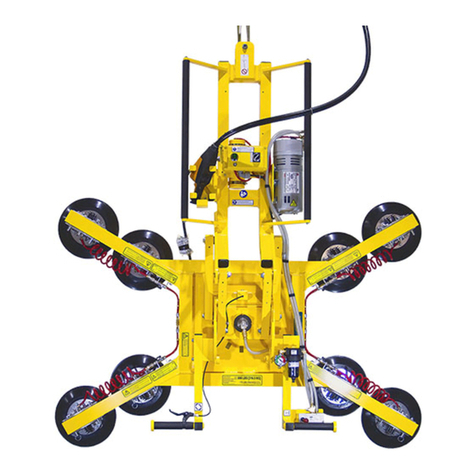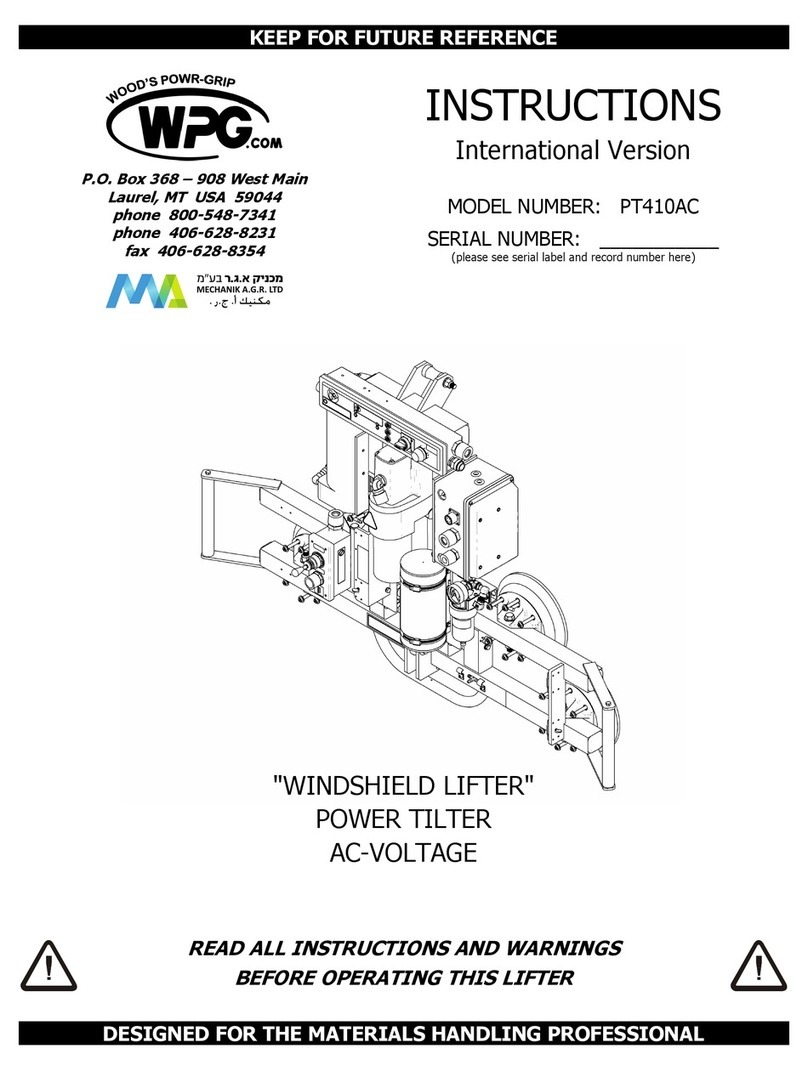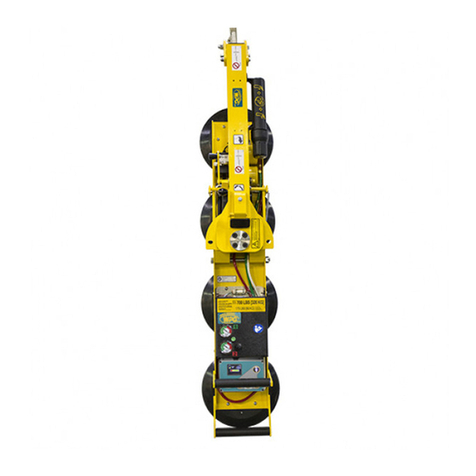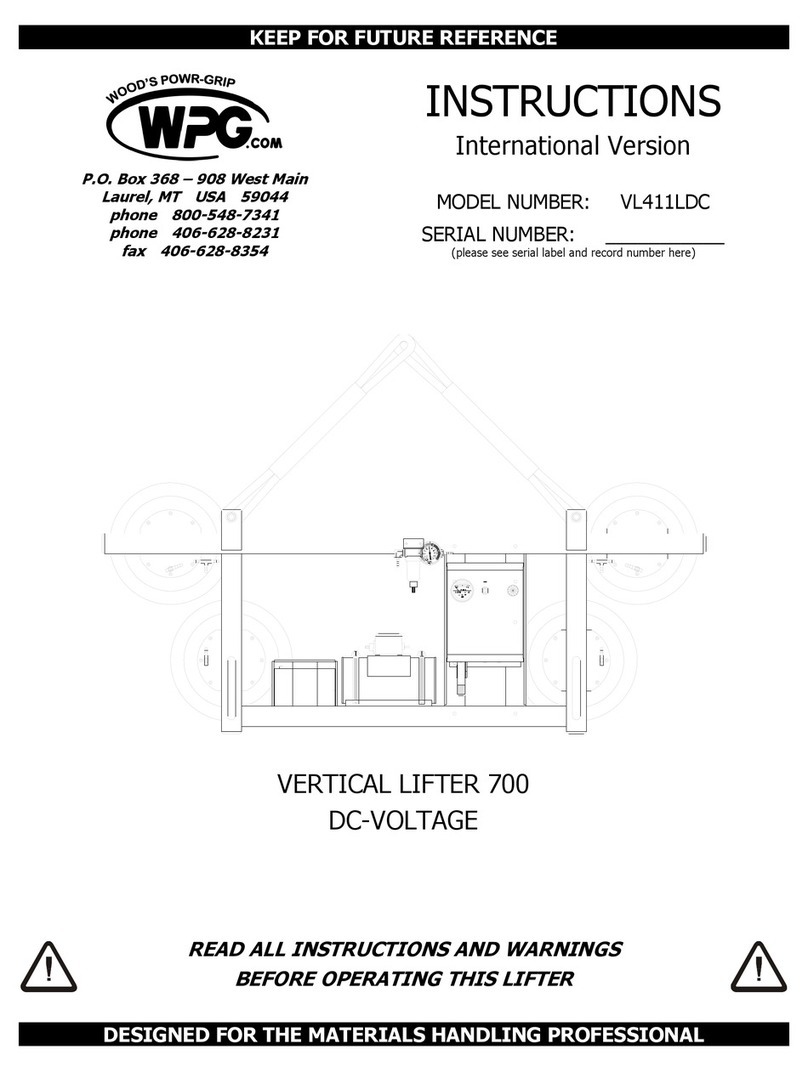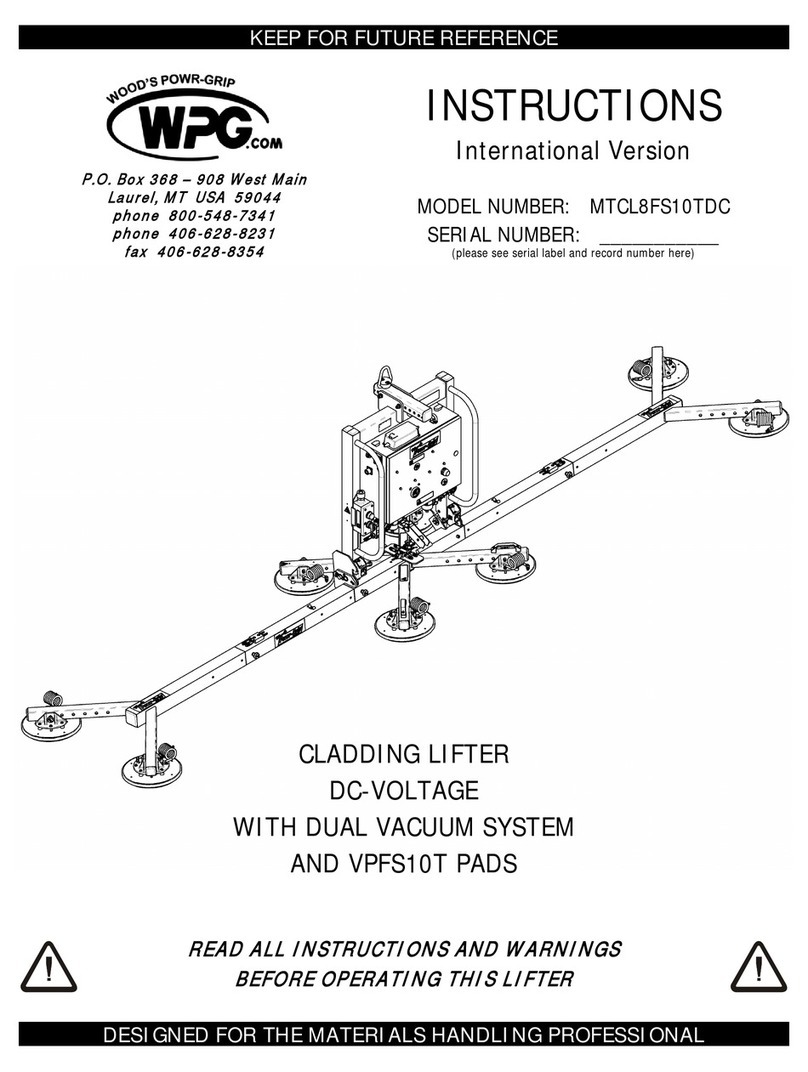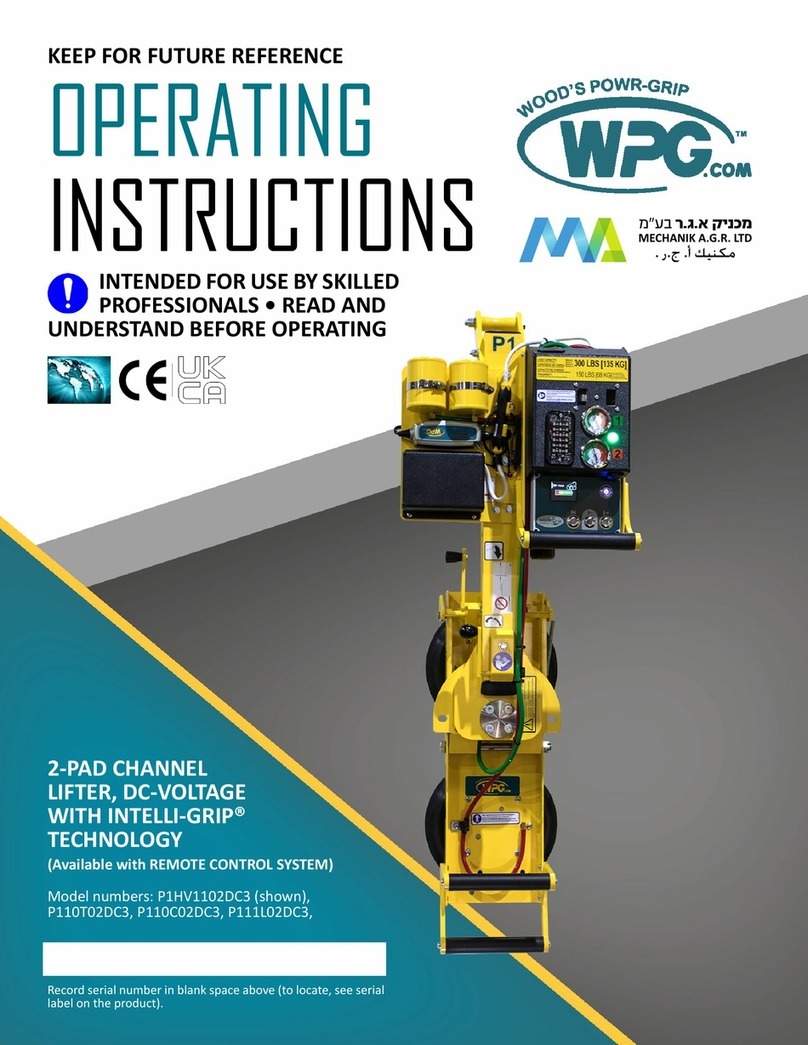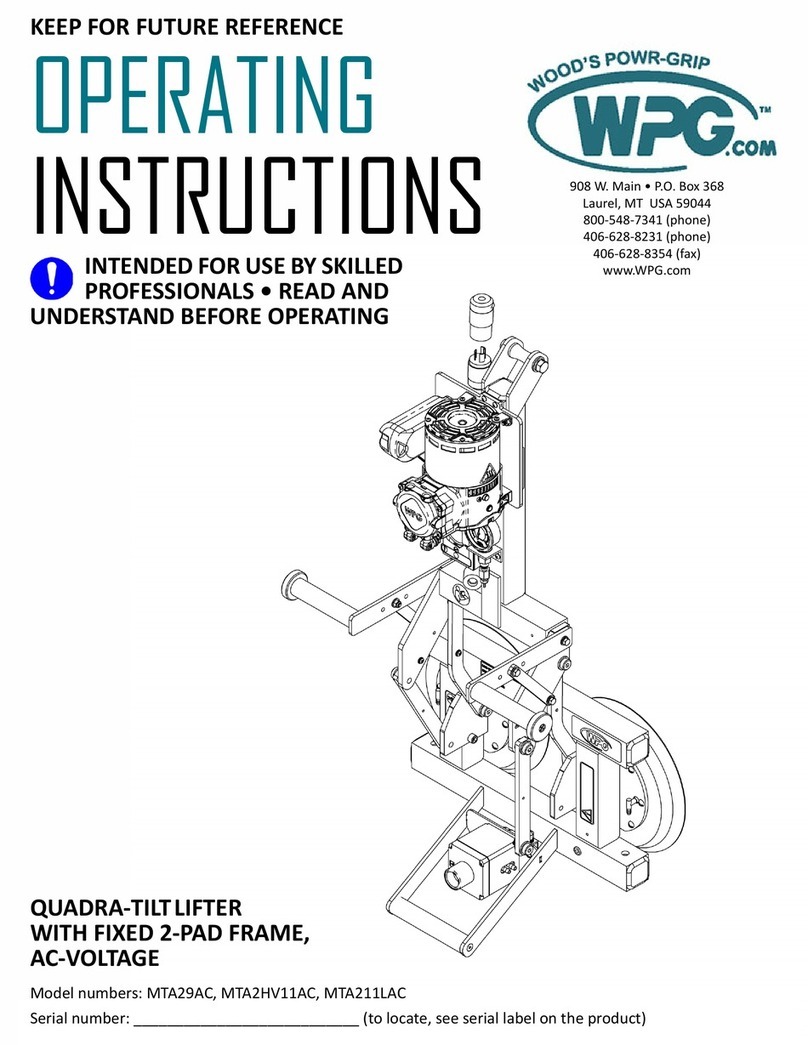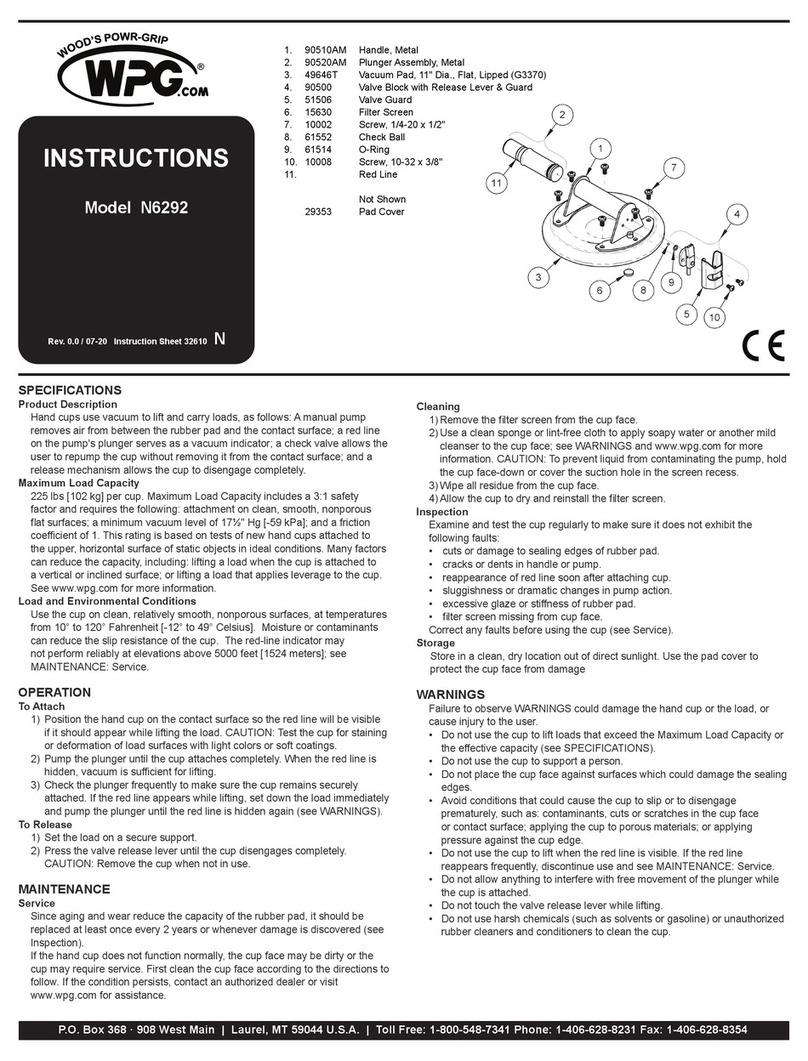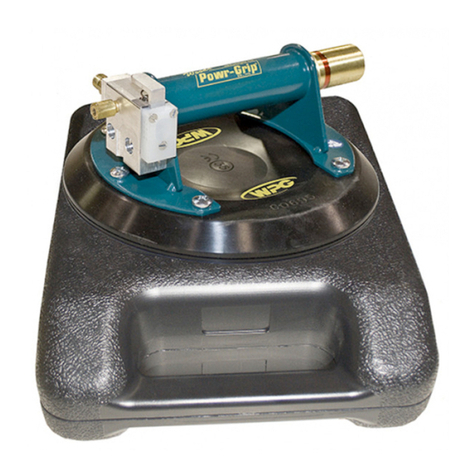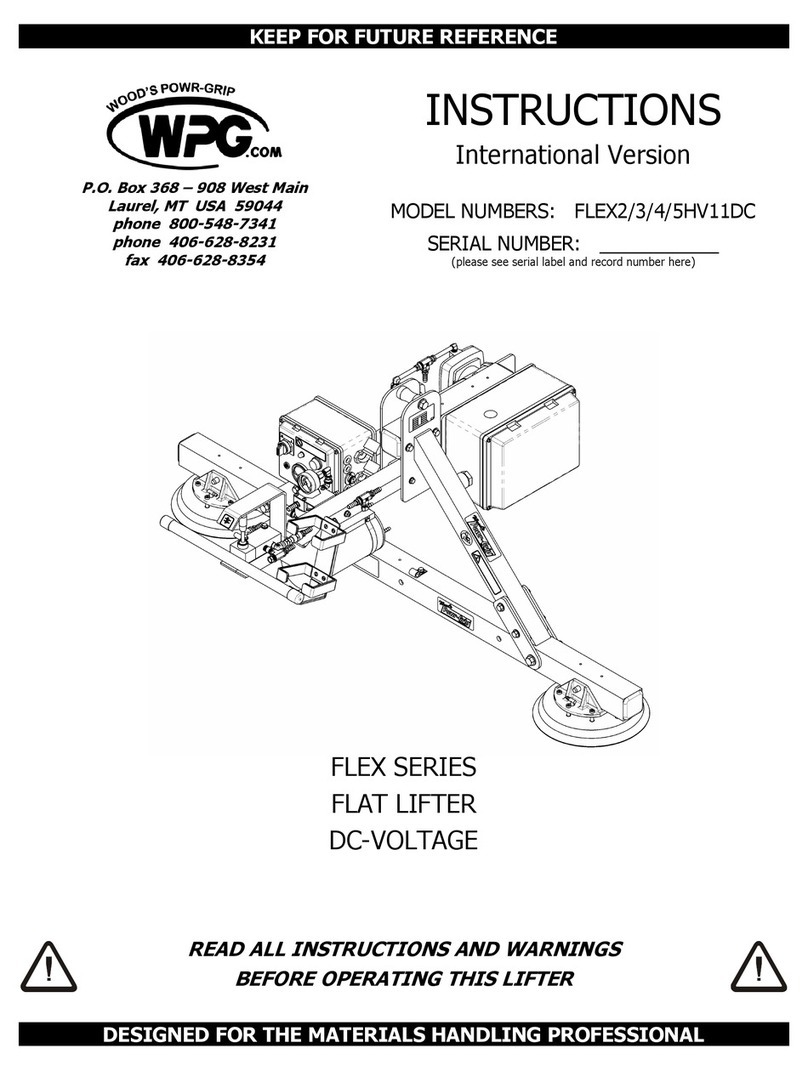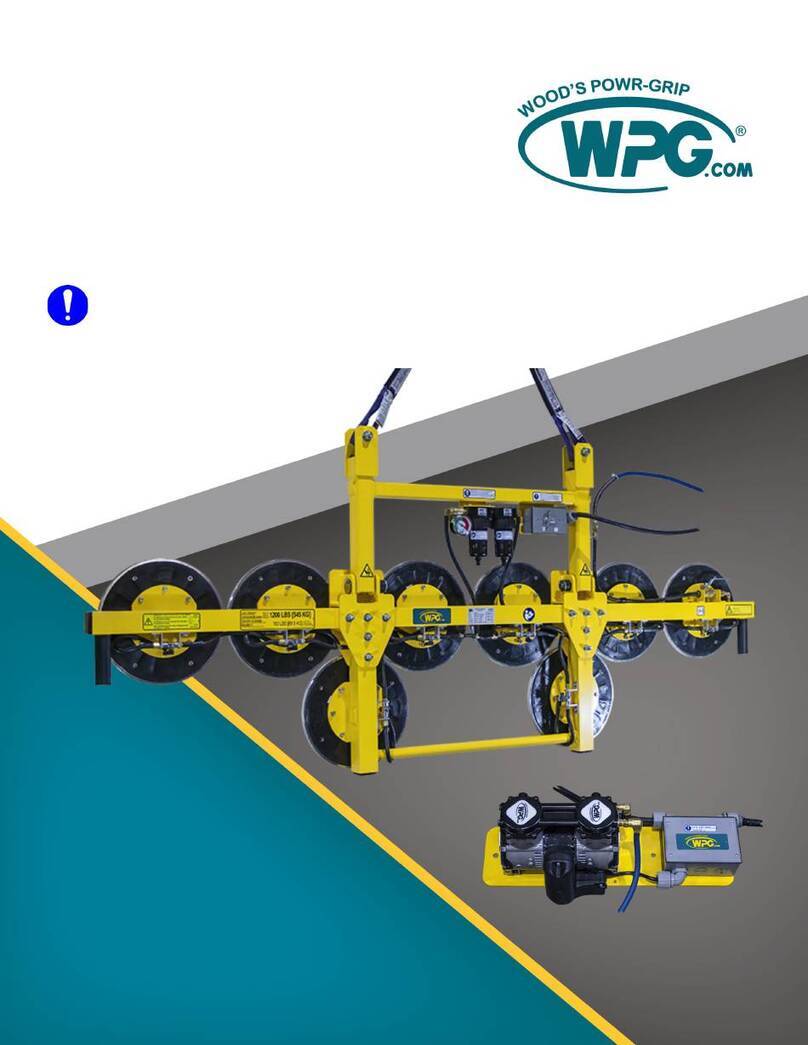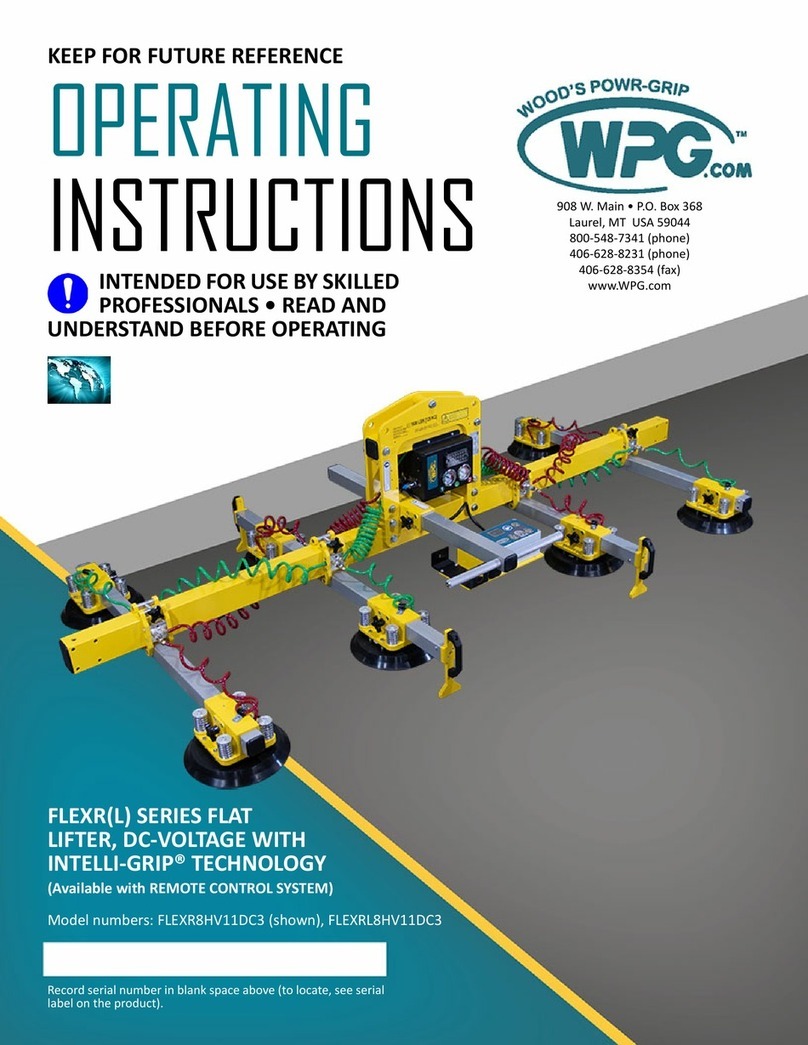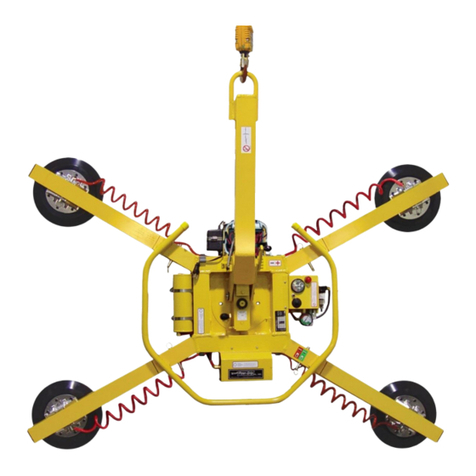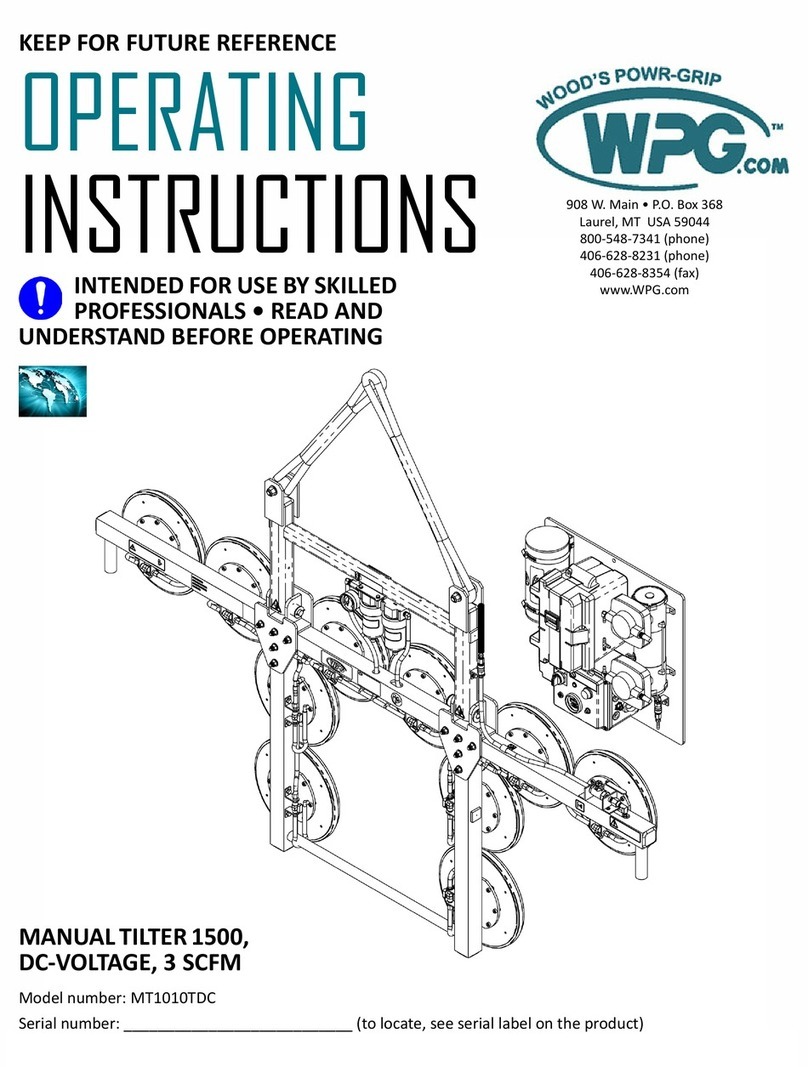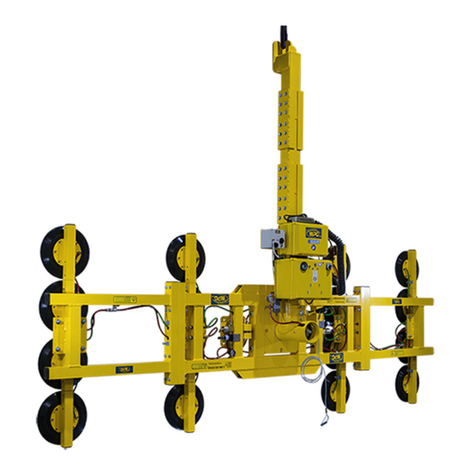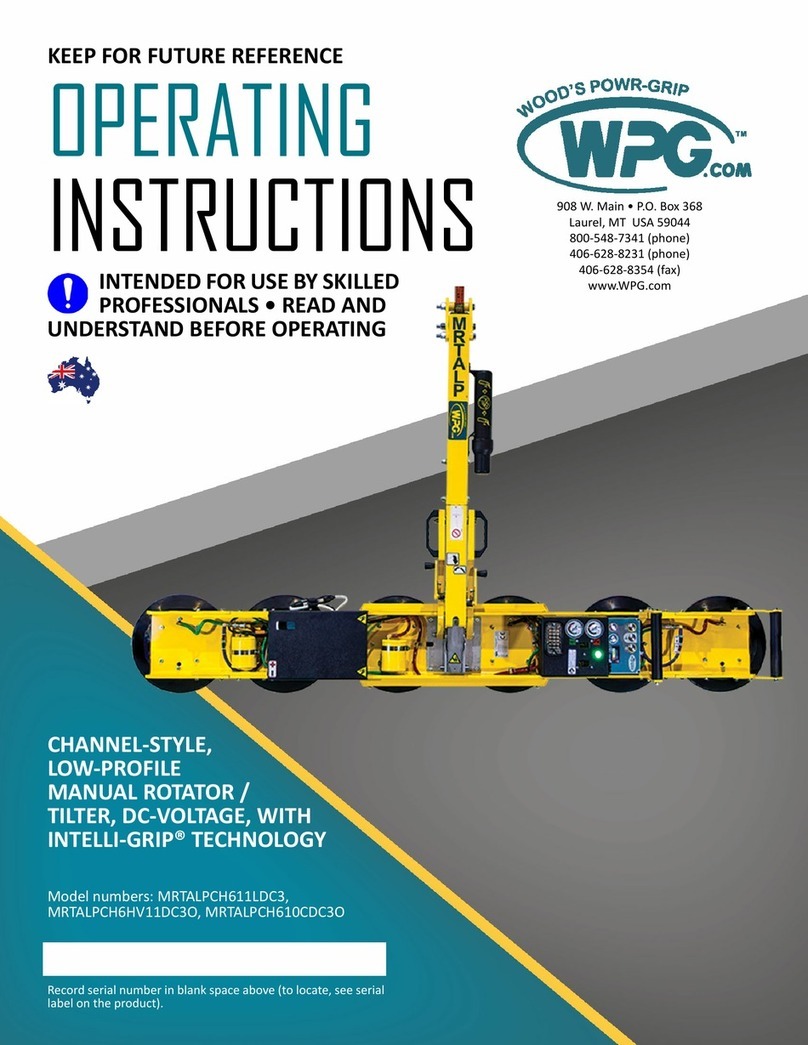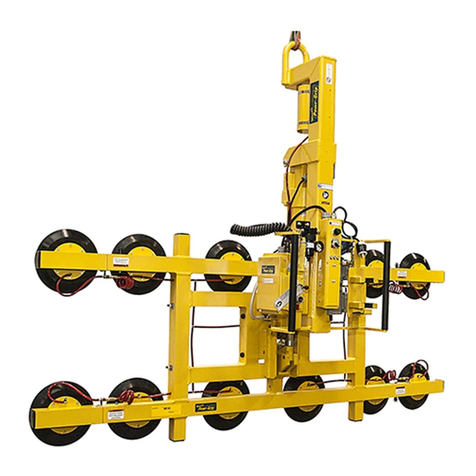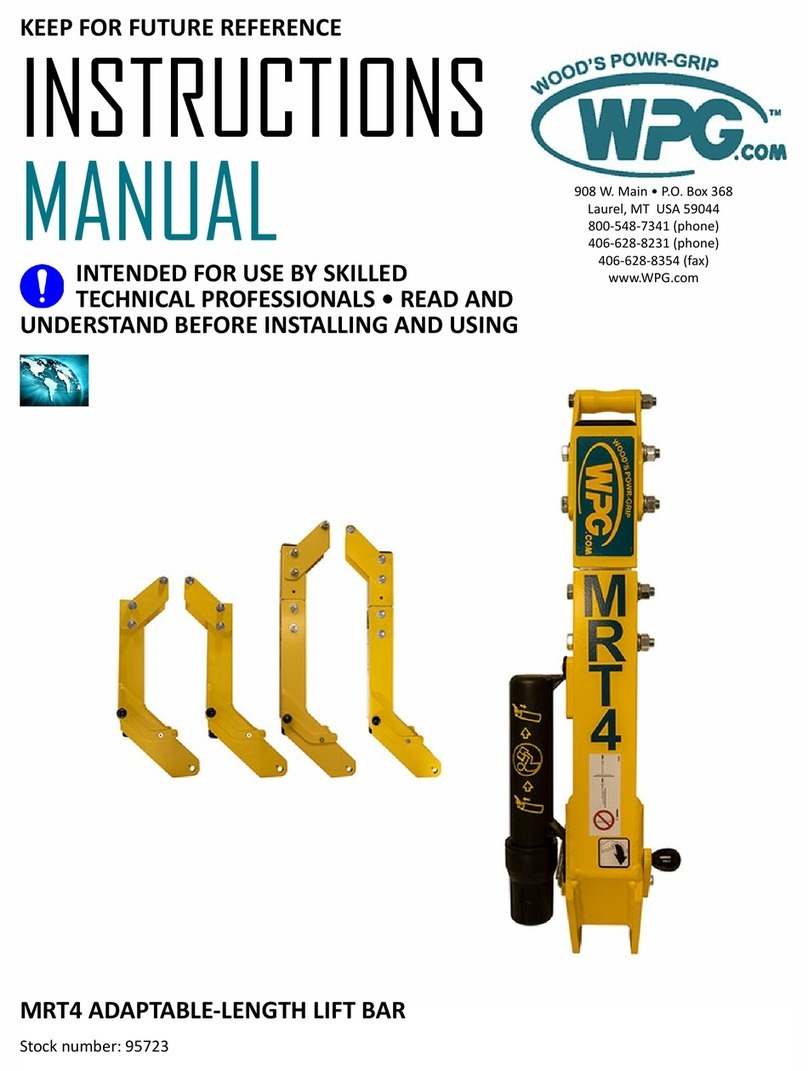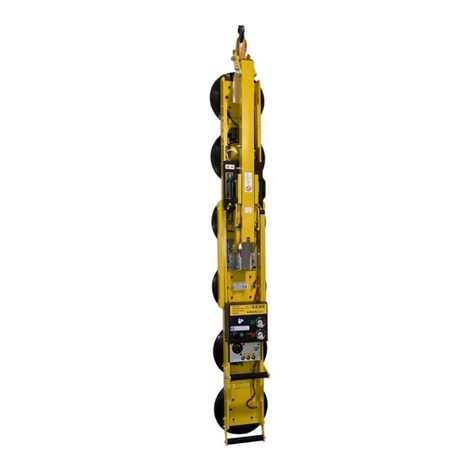
Rev 13.1/9-16 1 PT10FS10TAC: #35142
TABLE OF CONTENTS
SPECIFICATIONS............................................................................................................ 3
WARNINGS ..................................................................................................................... 4
OPERATING FEATURES................................................................................................... 5
ASSEMBLY....................................................................................................................... 6
INTENDED USE ............................................................................................................... 8
LOAD CHARACTERISTICS.............................................................................................................8
OPERATING ENVIRONMENT .........................................................................................................9
DISPOSAL OF THE LIFTER ............................................................................................................9
OPERATION ..................................................................................................................10
BEFORE USING THE LIFTER........................................................................................................10
Taking Safety Precautions ..........................................................................................................................10
Performing Inspections and Tests...............................................................................................................10
TO USE PAD SHUTOFFS.............................................................................................................10
TO APPLY THE PADS TO A LOAD..................................................................................................11
Generating Vacuum Flow............................................................................................................................11
Positioning the Lifter on the Load ...............................................................................................................11
Reading the Vacuum Gauge .......................................................................................................................12
Vacuum Level on Optimal Surfaces .............................................................................................................12
Vacuum Level on Other Surfaces ................................................................................................................12
TO LIFT AND MOVE THE LOAD ....................................................................................................13
Load Capacity and the Lift Light..................................................................................................................13
Monitoring Vacuum Indicators ....................................................................................................................13
Controlling the Lifter and Load....................................................................................................................13
In Case of Power Failure ............................................................................................................................14
TO TILT THE LOAD ...................................................................................................................14
TO RELEASE THE PADS FROM THE LOAD .......................................................................................14
AFTER USING THE LIFTER..........................................................................................................15
Storing the Lifter........................................................................................................................................15
MAINTENANCE..............................................................................................................16
INSPECTION SCHEDULE.............................................................................................................16
Every-Lift Inspection..................................................................................................................................16
Frequent Inspection...................................................................................................................................16
Periodic Inspection ....................................................................................................................................16
Infrequent Use ..........................................................................................................................................17
TESTING SCHEDULE..................................................................................................................17
Operational Tests.......................................................................................................................................17
Load Test..................................................................................................................................................17
MAINTENANCE SCHEDULE .........................................................................................................18
VACUUM PAD MAINTENANCE .....................................................................................................18












